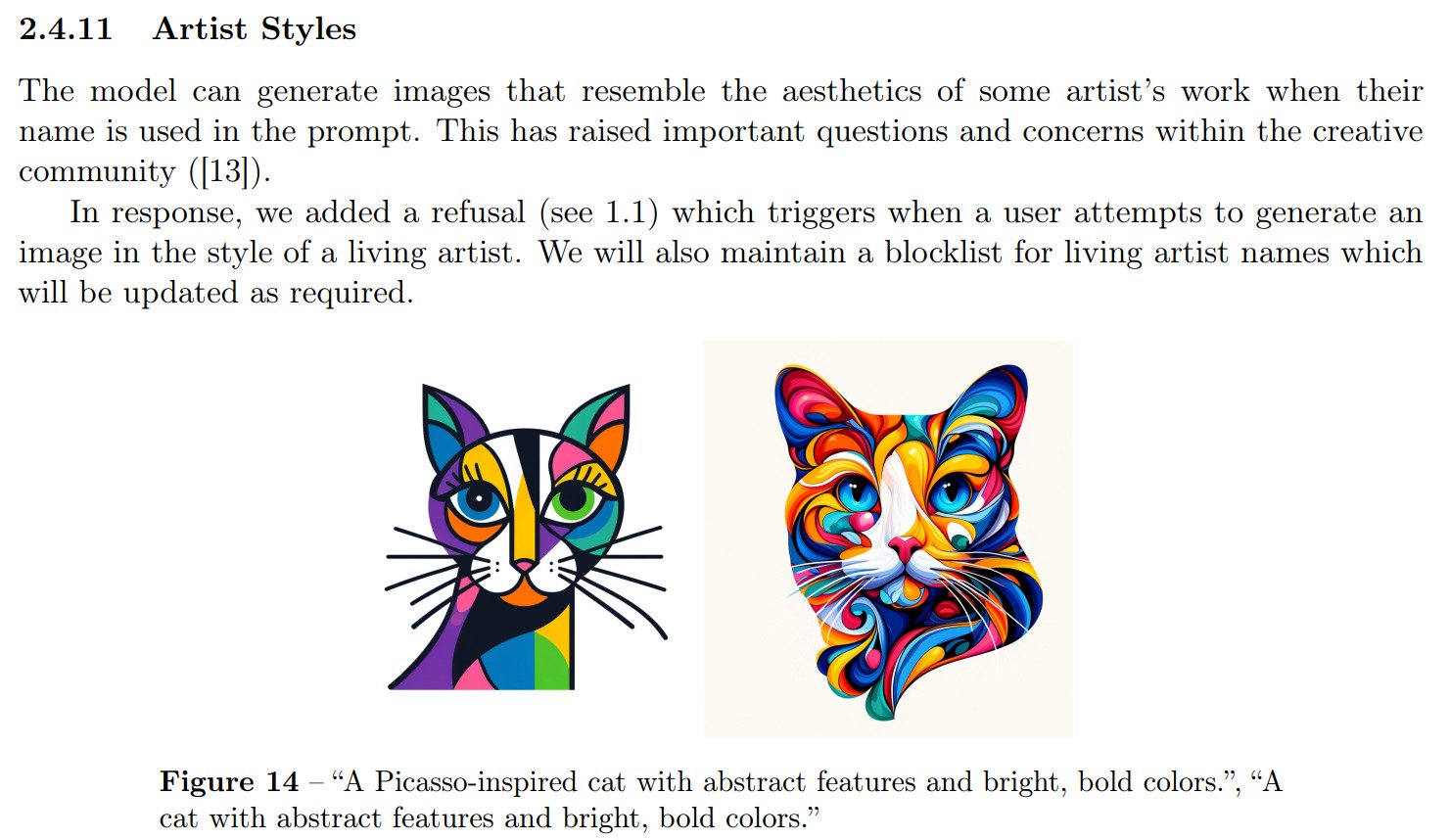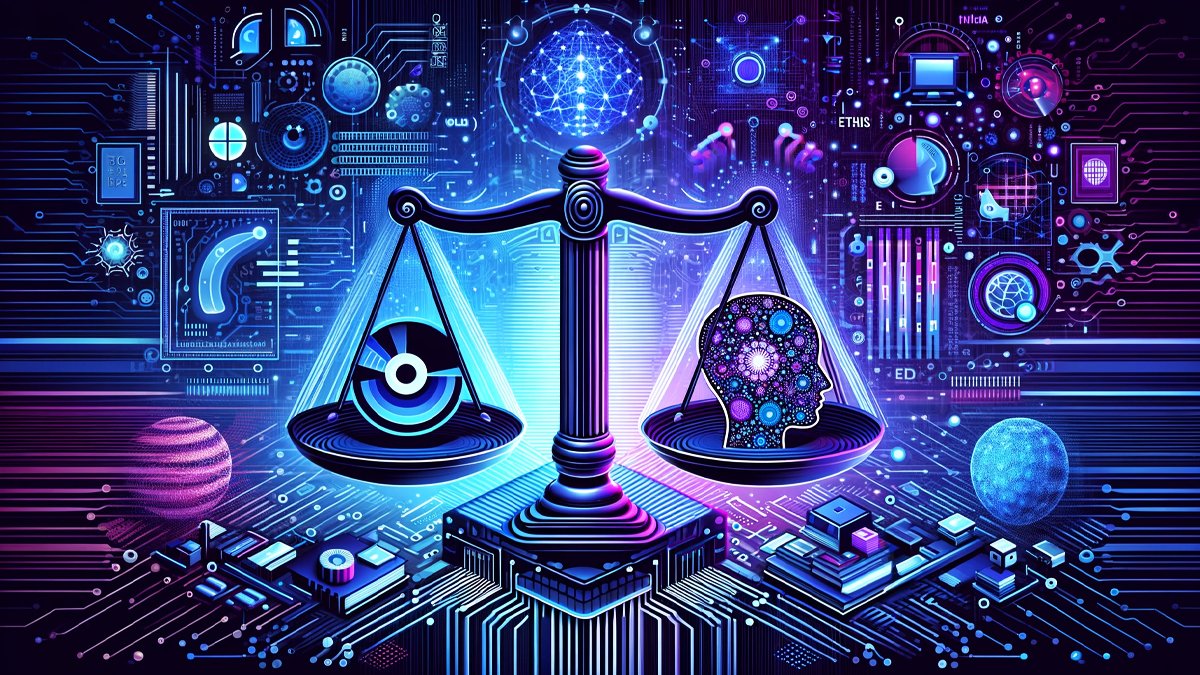OpenAI, the company behind the famous chatbot, has become a true giant in the tech industry, particularly in the field of artificial intelligence. In recent months, the company has launched major innovations such as DALL-E 3, focused on image generation, and GPT 4 Vision, dealing with image recognition. These advancements come alongside in-depth research conducted by OpenAI to ensure the ethics and legality of their products.
Intellectual Property in the Age of Artificial Intelligence

An important point to consider is the issue of intellectual property. The use of artificial intelligence raises several gray areas regarding copyright. For example, if we attempt to reproduce an artist’s style using artificial intelligence, are we infringing on that artist’s copyright? Furthermore, does a generated image belong to the user or to the company that developed the image generator?
Reproducing Artistic Style with DALL-E 3
Regarding the first point, DALL-E 3 does not yet specify the source of the data used. Nonetheless, if artificial intelligence can reproduce an artistic style, it must draw inspiration from existing works. OpenAI has therefore decided to create a blacklist to determine which artistic styles their artificial intelligence should not replicate. Moreover, according to OpenAI, an image generated by DALL-E 3 is primarily the result of the instructions given by the user, influenced by their culture and knowledge.
Futuristic Projects: Recognition of AI-Generated Images
OpenAI is working to create tools to monitor images generated by DALL-E 3. However, documents also indicate another project focused on recognizing images generated by AI. The question then arises of how it will differentiate these images from traditional images or those generated by other systems like Midjourney.

Artificial Intelligence, Stereotypes, and Ethics
Currently, artificial intelligences often reflect human biases. This can lead to the portrayal of entrenched biases and stereotypes in images generated by AI. For example, if we ask the AI to create an image representing three women, it is likely that the results conform to the idealized beauty standards widely prevalent in various media. In order to address this issue, OpenAI is committed to developing a more ethical artificial intelligence that respects social values.
Limitations in GPT 4 Vision Responses
As for GPT 4 Vision, the chatbot can recognize personalities in photos thanks to its image analysis capabilities, but this function is currently blocked for users while defining an appropriate usage framework. Thus, if you actively use ChatGPT, you may have noticed that it sometimes blocks certain requests, politely refusing to respond to inquiries involving sensitive subjects.

Research on artificial intelligence raises important questions both philosophically and legally. Creating an AI that complies with existing laws and adheres to moral principles remains a major challenge in the advancement of the technology field. With its work on DALL-E 3 and GPT 4 Vision, OpenAI demonstrates its commitment to addressing these challenges by offering technological innovations that are mindful of legal standards and ethical considerations.






